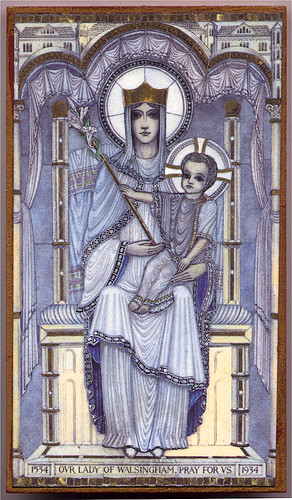Patrick Sarsfield

According to most sources, today is the anniversary of the day Patrick Sarsfield received his mortal wound at the battle of Landen fighting in the Irish Brigade in the service of the king of France. Wikipedia puts the date at August 19; few others agree. But the Wikipedia page is one of the more interesting. You can find it here.
Sarsfield was a key figure in the Jacobite wars of the 17th century in Ireland and was consistently the victor when given command. King James recognized his real value too late.
From the page maintained by the Wild Geese Museum in Portumna, Galway:
Throughout the wars in Ireland he showed great courage. Although he was noted as a strict disciplinarian, he was loved by the men that served under him. He was quick to uphold the good name of Ireland and his beloved friends. For this he fought many a duel and at one such contest he was badly wounded. Because of his indomitable spirit, and readiness to jump into an affray to protect his friends, King James and lesser commanders thought that Sarsfield had no head for overall command of the army, but despite this Sarsfield was created by King James in January 1690, Baron Roseberry, Viscount of Tully, and Earl of Lucan. He was appointed Colonel of the Lifeguards. He went on to be Commander-in-Chief of the forces in Ireland, January to May and again in July to October 1691. In the wars in Ireland at the time, Patrick Sarsfield was unlucky in not being involved in the most decisive parts of the battles. Whether this was just bad luck on Sarsfield, or whether politics and jealousy were manifest, one will probably never know. At the Battle of Aughrim he was held in reserve with the greatest and best of the cavalry with him, out of sight of St Ruth making his disastrous cavalry charge, when St Ruth's head was blown off by the enemy's cannon fire. By the time Sarsfield was told of St Ruth's death, it was too late and the battle was lost. Great credit must go to Patrick Sarsfield, as one of the few that led his men in retreat to Limerick, in an ordered fashion, this action alone saved a lot of men's lives. A far cry from the terrible slaughter that occurred to other regiments after their defeat at Aughrim.
He brokered the favourable terms of the capitulation of Limerick on the 3rd October 1691. He then went to France on the 22nd of December of that year with twelve ships and about 2600 persons. On arrival in France he was appointed Captain of the second troop of Irish Life Guards in January 1692.
He was killed at the head of a French division at the Battle of Landen in the attack on the village of Neerwinden in Flanders on the 29th July 1693. He died of his wounds three days later at Huy in Belgium, where he is buried in the grounds of St Martin's Church. A plaque on the wall of this Church marks the approximate location of his grave. He was quoted as saying " If this was only for Ireland ."




























0 Comments:
Post a Comment
<< Home